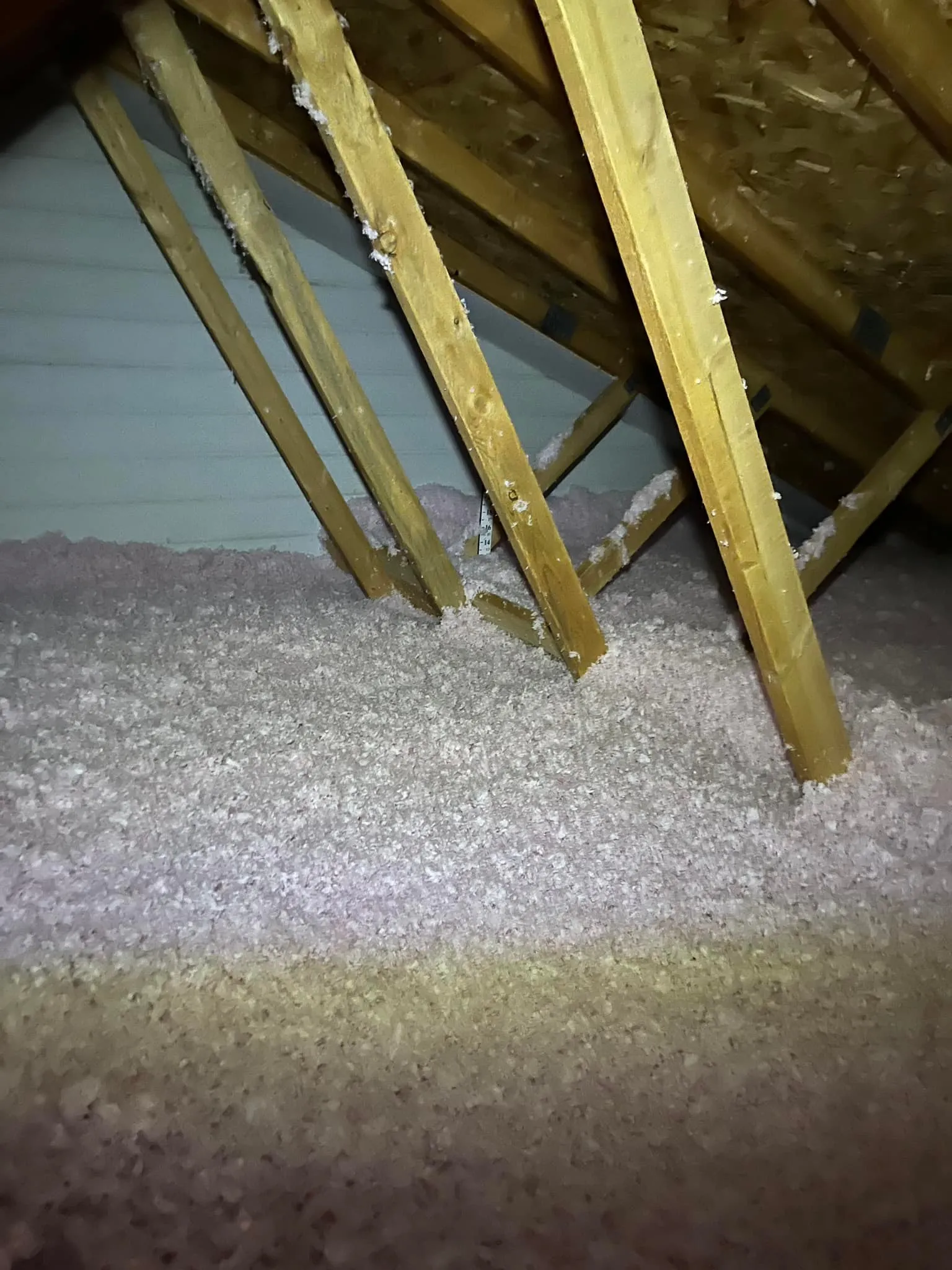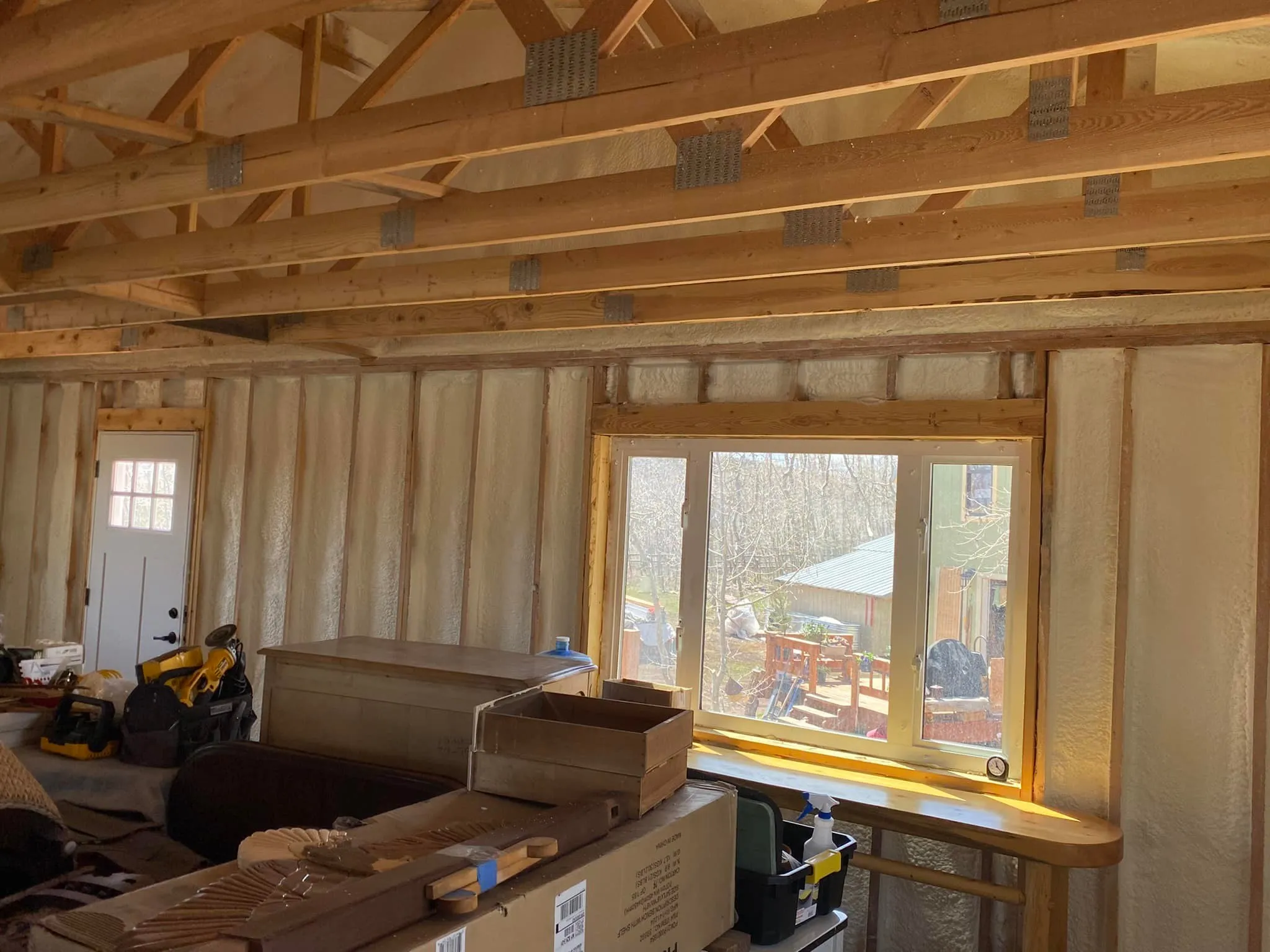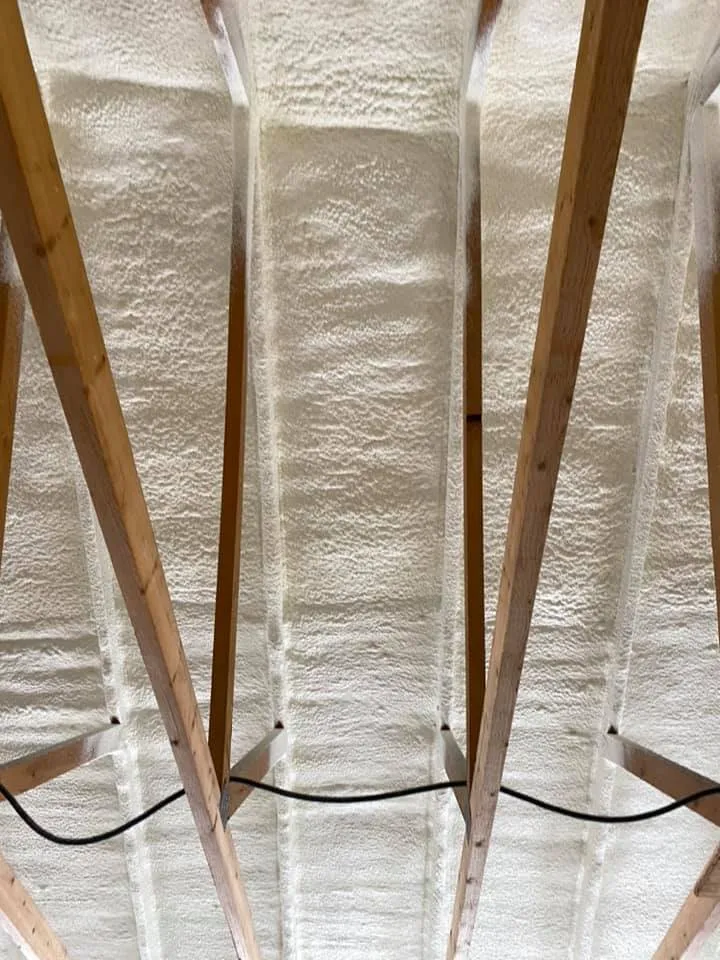
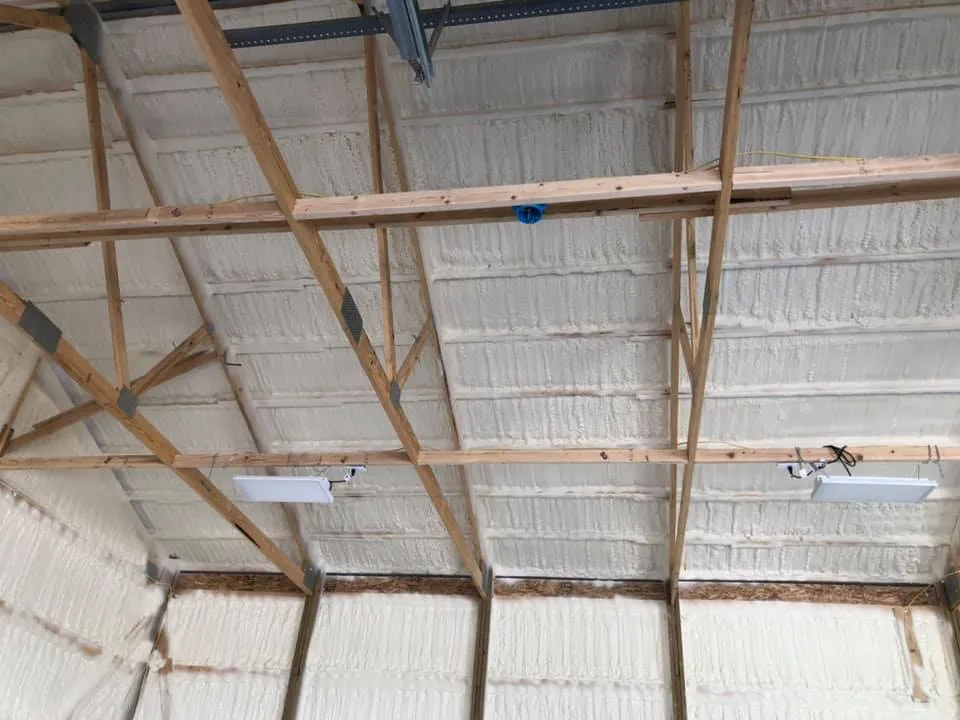
Spray foam insulation stands out as a premium choice because it delivers top-tier thermal performance, airtight sealing, and durability tailored to humid subtropical climates. Homeowners and builders select it for its ability to block heat and moisture effectively, reducing energy bills by up to 50% compared to traditional options, according to data from the U.S. Department of Energy. This material expands to fill gaps and creates a continuous barrier, which proves essential in preventing mold growth and maintaining consistent indoor temperatures during hot summers and mild winters.
This article breaks down the reasons behind its high-performance status, from technical specs to local applications. Readers will gain clear insights into how spray foam performs in real settings, backed by practical observations from installations across southern regions. Information here draws from hands-on work with various structures, ensuring reliable guidance for anyone evaluating insulation upgrades.
Spray foam comes in two main types: open-cell and closed-cell. Open-cell foam offers flexibility and sound dampening, while closed-cell provides higher density and resistance to water. Both adhere directly to surfaces like wood or concrete, forming a seamless layer without joints that leak air.
R-value measures insulation effectiveness, and spray foam achieves 3.5 to 7 per inch, surpassing fiberglass batts at around 3.1. Installers apply it in liquid form that hardens quickly, allowing for precise coverage in attics, walls, and crawl spaces.
In practice, this quick expansion minimizes waste and ensures even distribution. Observations from local projects show it bonds well to uneven surfaces common in older homes built in the mid-20th century.
Bonus Tip: Check for proper surface preparation before application; clean, dry areas lead to better adhesion and longer-lasting results.
Humid regions experience average summer highs near 92°F and winter lows around 32°F, with high humidity levels that challenge standard insulation. Spray foam excels here by creating an air barrier that stops humid outdoor air from infiltrating, reducing condensation risks inside walls. Learn more about professional spray foam installations from High Country Solutions for humid climates.
A report from the Environmental Protection Agency highlights how sealed insulation like spray foam cuts energy use for heating and cooling. In areas where cooling demands dominate, this translates to noticeable savings—homes with spray foam often see 20-30% lower utility costs during peak months.
Local building practices favor spray foam for its role in meeting energy codes set by the Arkansas Energy Office. It helps structures achieve tighter envelopes, vital for comfort in variable weather.
Spray foam’s strength lies in its thermal resistance and longevity. Closed-cell versions resist moisture up to 100 times better than open-cell, making them ideal for flood-prone areas.
Market trends support its premium label. The global spray polyurethane foam market reached $3.2 billion in 2022, with growth projected at 6.5% annually through 2030, driven by demand for energy-efficient materials, per a study from Grand View Research. In the U.S. South, adoption rates have climbed 15% since 2018 due to stricter efficiency standards.
Another fact: The U.S. Department of Energy notes that proper insulation can save households $500 yearly on energy, with spray foam often exceeding those figures in humid zones.
To illustrate differences, consider this comparison of common insulation types:
| Insulation Type | R-Value per Inch | Air Sealing Ability | Moisture Resistance | Typical Cost per Sq Ft (Installed) |
|---|---|---|---|---|
| Fiberglass Batts | 2.9-3.8 | Low | Poor | $0.50-$1.00 |
| Cellulose Loose-Fill | 3.1-3.8 | Moderate | Fair | $0.80-$1.50 |
| Closed-Cell Spray Foam | 6.0-7.0 | Excellent | High | $2.50-$3.50 |
| Open-Cell Spray Foam | 3.5-4.0 | Excellent | Moderate | $1.50-$2.50 |
This table shows why spray foam justifies its higher upfront cost through superior long-term performance.
Bonus Tip: Opt for closed-cell in basements or exterior walls to handle potential water exposure from heavy rains common in spring.
Cost heads the list—spray foam runs $1.50 to $3.50 per square foot installed, higher than blown-in alternatives. Factor in potential rebates from utilities, which can offset 10-20% of expenses for qualifying projects, as outlined by the Database of State Incentives for Renewables & Efficiency.
Professional installation matters; improper mixing or coverage leads to voids that reduce effectiveness. Assess home age and structure—older properties may need reinforcements to support the added weight in attics.
Environmental impact includes off-gassing during curing, though modern formulas minimize this. Longevity exceeds 25 years with minimal degradation, but verify compatibility with existing materials to avoid reactions.
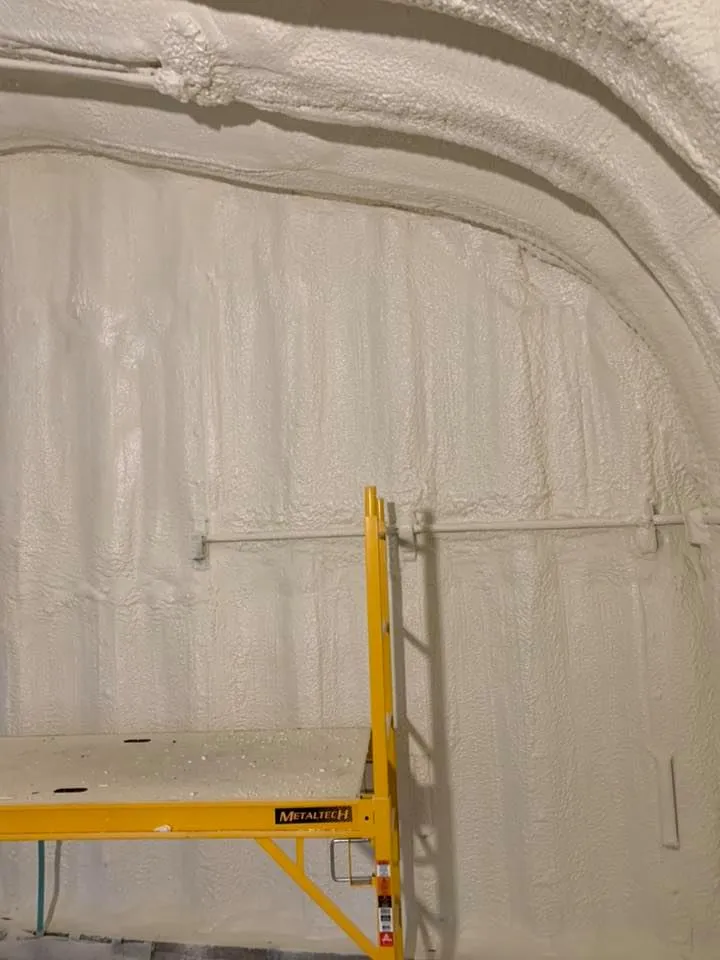
Energy audits reveal the best spots for application; focus on areas with highest air leakage, like rim joists or recessed lights.
Bonus Tip: Schedule inspections during dry seasons to ensure optimal conditions and avoid delays from weather.
Many wonder about DIY options, but spray foam requires specialized equipment and training due to its chemical nature. Professionals handle safety gear and ventilation to prevent health risks.
Another query involves thickness: Aim for 3-5 inches in walls and 6-10 in attics, adjusted for local codes. It also improves soundproofing, blocking outside noise in busy neighborhoods.
Yes, especially closed-cell types that repel water and prevent mold. It seals out humidity, keeping indoor air drier and reducing HVAC strain during hot summers.
Most homes finish in one to two days, depending on size. Crews prepare surfaces first, then apply foam in sections, allowing time for curing before testing seals.
Once cured, it emits no harmful chemicals. Choose low-VOC products certified by Greenguard to maintain healthy environments, particularly in homes with sensitive occupants.
Removal involves cutting and scraping, a labor-intensive process. Plan installations with future access in mind, like leaving service panels clear.
Manufacturers offer 20-30 year coverage against settling or degradation. Local installers back their work with performance guarantees tied to energy savings claims.
Spray foam earns its premium status through unmatched sealing and insulation in challenging climates. It lowers energy use, boosts comfort, and lasts decades with proper setup. Focus on type selection, professional application, and site-specific needs to maximize benefits.
Evaluate personal energy goals, budget, and home layout to decide if it fits, and consider consulting local experts for tailored advice on efficiency and resilience.
For detailed advice on spray foam suited to your property, reach out to High Country Solutions at (307) 248-9063 or email [email protected]. Discussions cover specific assessments and options without commitment, helping clarify next steps based on individual setups. This step ensures choices align with practical outcomes and specific conditions.

